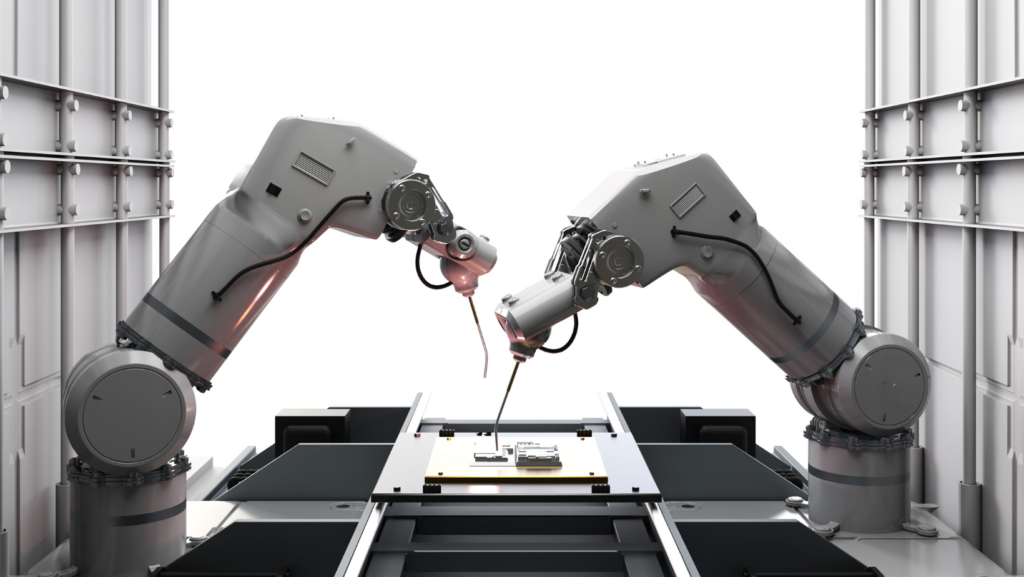In today’s fast-paced digital world, businesses are constantly seeking ways to enhance efficiency and reduce operational costs. IT workload automation emerges as a powerful solution, allowing organizations to streamline complex processes and minimize manual intervention. By automating repetitive tasks, companies can free up valuable resources, enabling their teams to focus on more strategic initiatives.
IT workload automation not only boosts productivity but also ensures accuracy and consistency across various operations. As businesses grow, the demand for managing large volumes of data and intricate workflows increases. Automation tools help tackle these challenges by orchestrating tasks seamlessly, ensuring that everything runs smoothly and on schedule.
For companies aiming to stay competitive, embracing IT workload automation is no longer just an option—it’s a necessity. By integrating these solutions, organizations can achieve greater agility and scalability, paving the way for innovation and growth in an ever-evolving technological landscape.
IT Workload Automation

In today’s digital landscape, IT workload automation plays a pivotal role in managing and optimizing operations. It automates tasks, ensuring efficiency and consistency.
Definition and Importance
IT workload automation refers to the use of software tools to automate the scheduling, execution, and monitoring of processes and workflows. It alleviates manual tasks, thereby reducing errors and enhancing productivity. This automation is critical in handling vast data volumes and intricate workflows, ultimately leading to cost savings and operational efficiency. Organizations leveraging workload automation gain a competitive edge by achieving flexibility and speed in IT operations.
Key Components
Several core elements form the foundation of IT workload automation:
- Scheduling Tools: Systems schedule and execute tasks based on predefined triggers and dependencies. Chronos and Jenkins are examples of such tools.
- Monitoring Mechanisms: Automated monitoring provides real-time insights and alerts for process performance and issues, allowing quick resolutions if any arise.
- Integration Capabilities: Integration modules ensure seamless connectivity with existing systems and applications, enabling data flow across various platforms.
- Reporting Functions: Detailed reports give stakeholders valuable information on process performance, resource utilization, and areas needing optimization.
Together, these components streamline operations, enhance agile responses to changes, and drive innovation by allowing IT teams to focus on strategic initiatives.
Benefits of IT Workload Automation

IT workload automation offers significant advantages in enhancing operational efficiency and driving business success.
Automation accelerates task execution by eliminating manual intervention. This enables rapid processing of job sequences and optimizes resource utilization.
Tools like job schedulers and automation scripts streamline workflows, allowing IT teams to manage complex processes with ease. These improvements contribute to higher productivity and faster turnaround times.
Cost Reduction
Organizations can significantly cut operational expenses by adopting automation. Automated systems minimize the need for manual oversight, reducing labor costs. Reduced error rates and downtime also contribute to lower maintenance expenses. Over time, the return on investment in infrastructure used in automation solutions becomes substantial as they maximize resources and minimize waste.
Enhanced Accuracy and Reliability
Workload automation ensures consistent performance by standardizing processes. Automated tasks reduce human error, fostering accuracy in repetitive jobs and data handling. Tools that provide reliable error detection and correction enhance system stability. Through real-time monitoring and reporting capabilities, IT workload automation delivers dependable and precise operations, leading to improved service quality and customer satisfaction.
Popular IT Workload Automation Tools

IT workload automation tools play a critical role in managing and optimizing complex workflows. Various tools are available, each offering unique capabilities and features that cater to different organizational needs.
Comparative Analysis
Several popular IT workload automation tools stand out in the industry. BMC Control-M offers extensive scheduling capabilities ideal for large enterprises. It integrates seamlessly with cloud environments, ensuring scalability. IBM Workload Scheduler provides robust optimization features and resource management suitable for dynamic environments. Redwood RunMyJobs focuses on streamlined automation of business processes, providing extensive SaaS support.
Automic Workload Automation delivers comprehensive automation across IT and business processes, with strong integration capabilities. Tidal Workload Automation excels in cross-platform support, ensuring smooth operations across varied systems. Each tool presents strengths and potential limitations that need consideration for organizational alignment.



